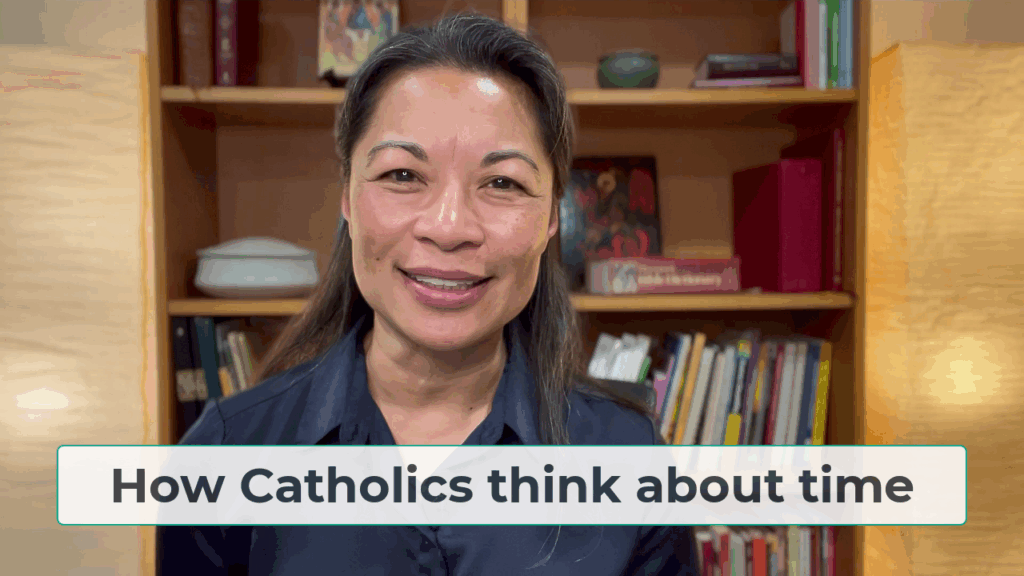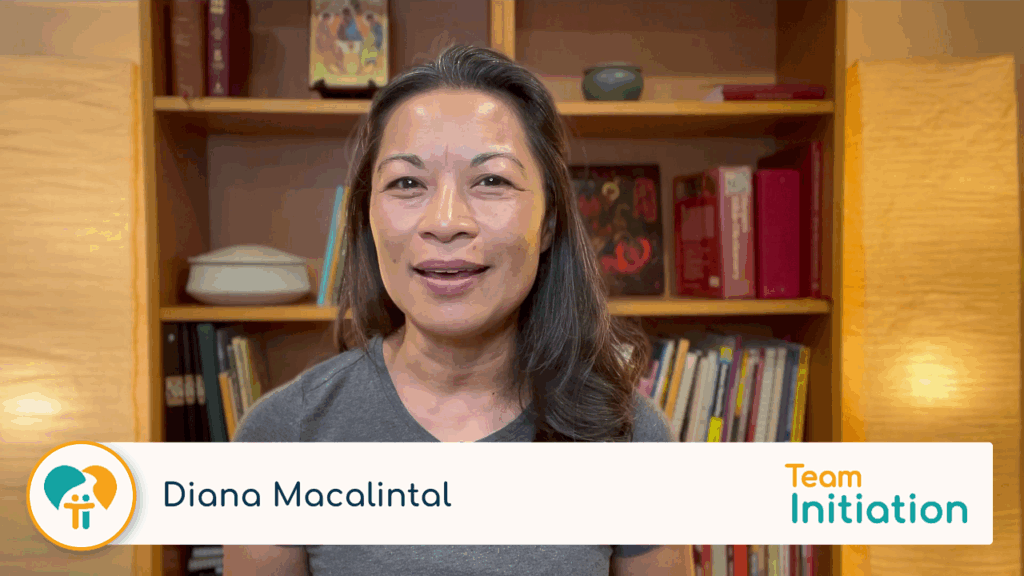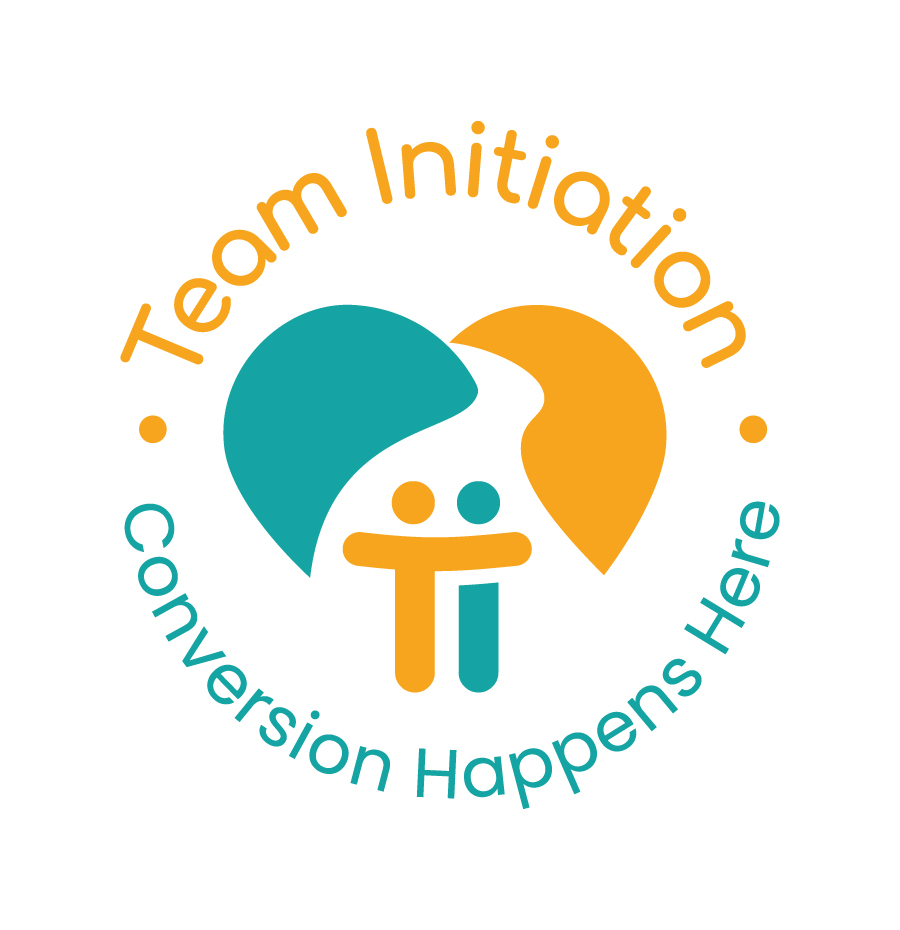Well, you did it! You accompanied your seekers on their journey of faith, and now they have been initiated into the Body of Christ or received into full communion. Great job! I bet you’re exhausted. You deserve a ton of thanks and a long rest.
Well, I can offer you the thanks. Sincerely, thank you for all your dedication, commitment, and sacrifice.
The long rest, however, will have to wait. We are now at the beginning of the 50 days of Easter — the Period of Mystagogy.
What comes after initiation?
Many teams get to this final period of the process wondering, “Now what?” Some might think this is a time for scheduling more sessions and covering more material. But that is not what the Order of Christian Initiation of Adults says. In a single, deceptively simple sentence, the rite lays out a substantial job description for you and your parish during this time:
After this last step is complete,
- the community together with the neophytes,
- by meditation on the Gospel,
- by participation in the Eucharist,
- and by the exercise of charity,
makes progress in understanding
the Paschal Mystery more deeply
and carrying it over more and more into the practice of daily life. (244)
In other words, you’ve spent months, maybe years, accompanying these neophytes (literally “new plants” or “seedlings”), instructing them carefully in how to live as members of a sacrificial community, how to hear and live the gospel, how to give praise and worship to God, and how to be a missionary disciple of witness and service in the world.
For what purpose? What was your goal? Why did you do all this?
And is your “why” aligned with the church’s deeper purpose? That is, do you and your parish and your neophytes understand the Paschal Mystery more deeply and are you making progress in carrying that mystery over into your daily lives?
These weeks that follow the Easter Vigil, this holy season of Easter, are a unique time for the entire community, including the newly initiated, to more deeply understand the paschal mystery and make it an integral part of their lives.
Here’s the thing. Your neophytes, your seedlings, just barely grasp this. Do you remember the first time you fell in love? Your parents told you what it was like, the movies told you what it was like, your high school poetry teacher told you what it was like, your favorite break up song told you what it was like. And you really had no idea what it was like until it happened to you.
The eucharistic blueprint
That’s how it is with the neophytes. They don’t know until they know. And now, in the celebration of the Eucharist — which is still brand new for them — they are beginning to know. An international commission, which was studying synodality, said it this way:
Ecclesial community is created and at its clearest in the eucharistic synaxis presided over by the Bishop, which feeds the conviction and hope that at the end of history God will gather in His Kingdom all the communities that now live it and celebrate it in faith. (Synodality in The Life and Mission of the Church, International Theological Commission, 25)
This is important, so let’s try breaking down what’s behind all that churchy language. The ecclesial community is the church — that is the Body of Christ, the physical manifestation of the Paschal Mystery here on earth. The clearest, best, privileged expression of the church (Body of Christ, Paschal Mystery) happens when we celebrate Eucharist. We celebrate Eucharist so that we will remember and believe God’s promise to make everything right in the world. And we celebrate Eucharist so that we will remember and believe that we are God’s agents for making everything right in the world.
We celebrate Eucharist so that we will remember and believe God’s promise to make everything right in the world. And we celebrate Eucharist so that we will remember and believe that we are God’s agents for making everything right in the world.
Where mystagogy takes place
How will we know what to do as God’s agents? The celebration of the Eucharist tells us and trains us:
- the community together with the neophytes,
- by meditation on the Gospel,
- by participation in the Eucharist,
- and by the exercise of charity,
makes progress in understanding
the Paschal Mystery more deeply
and carrying it over more and more into the practice of daily life.
That is why the church says “the principal place for ‘Mystagogy’ is the so-called ‘Masses for the neophytes’ or Masses of the Sundays of Easter Time” (OCIA 247).
The Period of Mystagogy is the time when we, along with the neophytes, learn how to live the Paschal Mystery. And the Sunday Masses of Easter is the setting where that happens.
From greenhouse to garden
If your answer to why you did all this was so you could get your catechumens-now-neophytes to the point where they know what it is to live as paschal people, you are almost there. Your job now, over these weeks of Easter, is to transplant your seedlings from their ideal greenhouse conditions into the hoi polloi of the world. And you do that by bringing them to Eucharist every Sunday of Easter, deepening their understanding, deepening their faith, and strengthening them to grow into the fullness of their discipleship.
Once you get that done, then you can take a well-deserved nap!
Can you help me out?
I’d love to know how this is landing. Can you share a word or a phrase about how this article resonates with you? Does it speak to your experience? Share your thoughts in the comments box below. Thanks for being part of the conversion!
Coming This June: A Journey of Accompaniment and Mission!
Team Initiation Members—don’t miss our upcoming exclusive four-part online speaker series:
Embodying the Heart of Synodality through the Catechumenate
Join us as we explore what it means to walk with seekers and parishioners in a spirit of accompaniment.
📅 Mark your calendars:
Four Wednesdays in June 2025
11:00am Pacific / 2:00pm Eastern
(June 4, 11, 18, and 25)
👉 This series is available only to Team Initiation Members.
Not a member yet? Click here to join today.



















The garden is the community. Enriched with the Eucharist, it is fruitful at a yield that is bountiful enough to reach out and feed the hungry. The green house is where we met Jesus, the garden is where we imitate Jesus and his love for others.